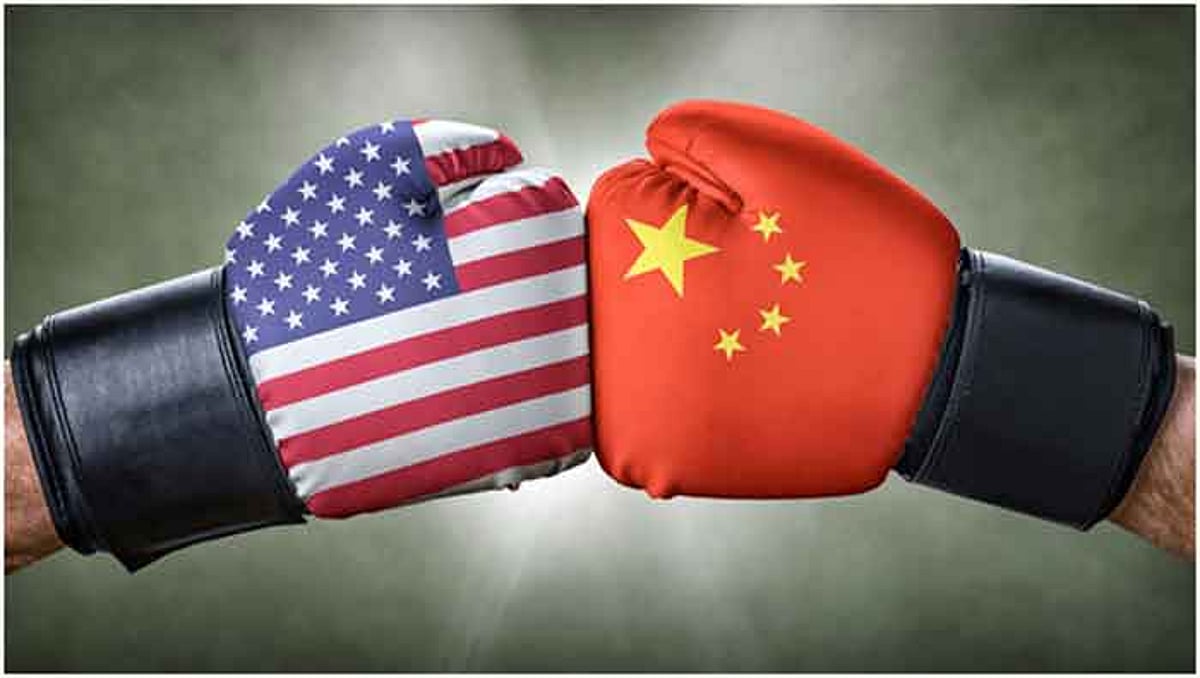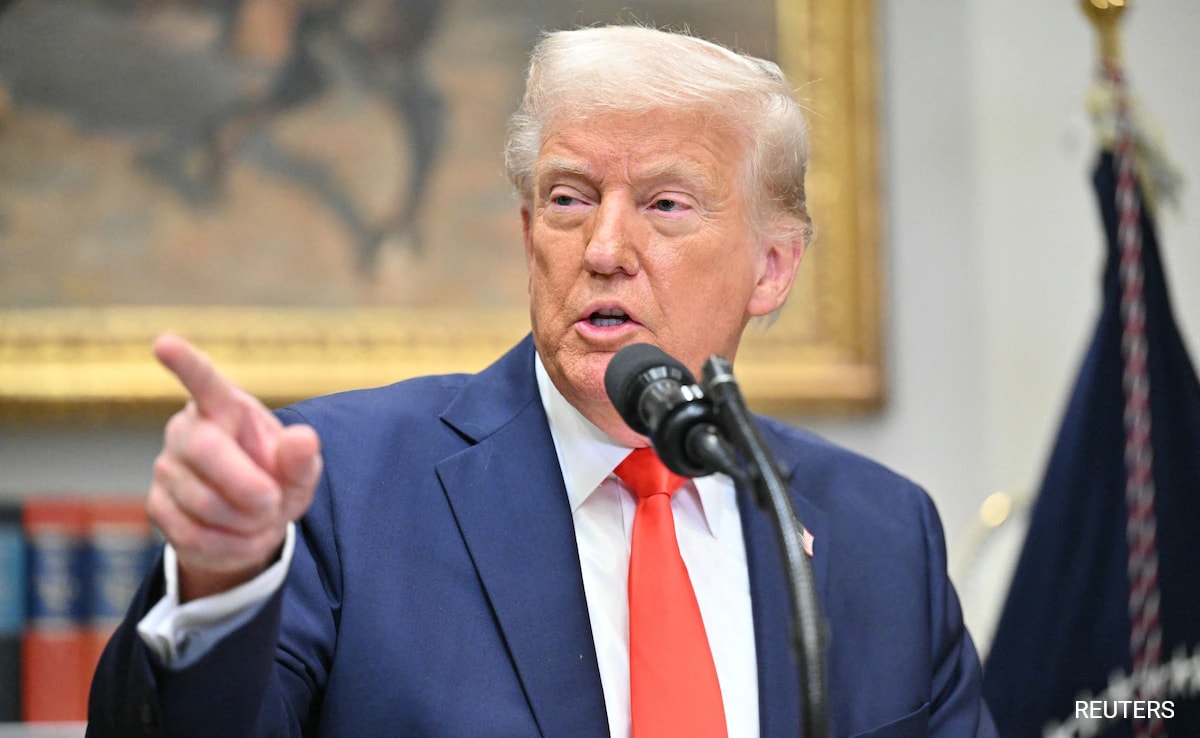During the administration of Joe Biden, the U.S. tried to secure public funds for infrastructure. The American Society of Civil Engineers released a study in 2021 that showed a $3-trillion ‘infrastructure investment gap’, which included basic infrastructure for drinking water and sewage ($1 trillion) and surface transportation ($1.2 trillion).
This bill did not include investments for high-tech infrastructure. The CHIPS and Science Act (2022), meant to decouple U.S. tech firms from China, had provided the National Science Foundation, the Department of Energy’s Office of Science, and the National Institutes of Standards and Technology with $26.8 billion.
However, the Federation of American Scientists argues that the U.S. Congress underfunded the programs by $8 billion. It is important to point out that in the same year, China spent $496 billion on its high-tech investments (8.3 percent higher than in 2023).
That is why, before the DeepSeek announcement, Trump gathered Sam Altman (OpenAI), Larry Ellison (Oracle), and Masayoshi Son (SoftBank) to announce a private sector investment of $500 billion into U.S. machine learning development. That was on January 22. The DeepSeek announcement was on January 27. It sunk the ebullience of Trump’s press conference.
The White House should have read a study that was published in August 2024 by the Australian Strategic Policy Institute (ASPI). ASPI, which is partly funded by the Australian government, has developed a two-decade-long technology tracker. It studies 64 critical technologies from machine learning to biotechnology to quantum technology to see which country has the lead in developing these branches of high tech.
The findings published in August 2024 are astounding and bear careful attention: “The U.S. led in 60 of 64 technologies in the five years from 2003 to 2007, but in the most recent five years (2019–2023) is leading in seven. China led in just three of 64 technologies in 2003–2007 but is now the lead country in 57 of 64 technologies in 2019–2023, increasing its lead from our rankings last year (2018–2022), where it was leading in 52 technologies.”
It is worth reading these numbers again because they might not have registered properly. In most critical technologies, China is ahead of the United States and has gone ahead of the United States in less than two decades.

